Hands-on with the Early Access code.
This, however, is used only for the game’s presentation layer - the graphics you see on-screen.
The visuals, however, are striking.
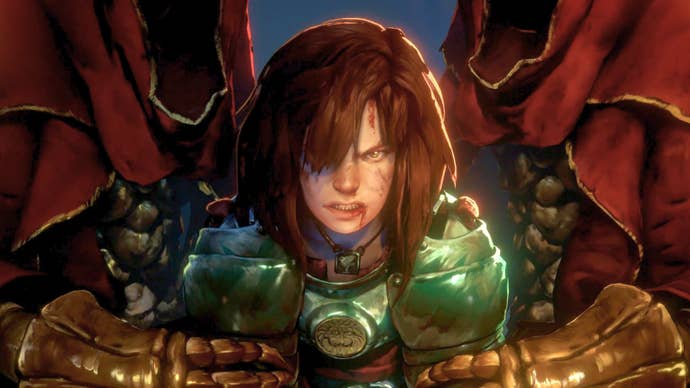
The HDR implementation is superb and just as intense and engaging as Ori.
It makes a gigantic difference if you use an HDR display.
However, making an isometric game brings with it some serious challenges.

For example, how do you convey a sense of scale to the player while retaining visibility?
Inspired by Animal Crossing, the idea is that the entire 3D map is curved away from the player.
By doing so, it becomes possible to see further into the distance.
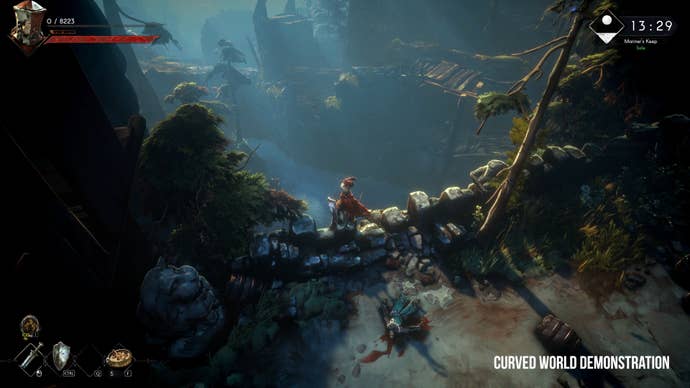
It required a full rework of aspects like culling, lighting, geometry processing and more.
This ties directly into the unified wind system which influences cloth and trees around you.
It’s fully adjustable and dynamic, changing alongside the time of day and weather patterns.
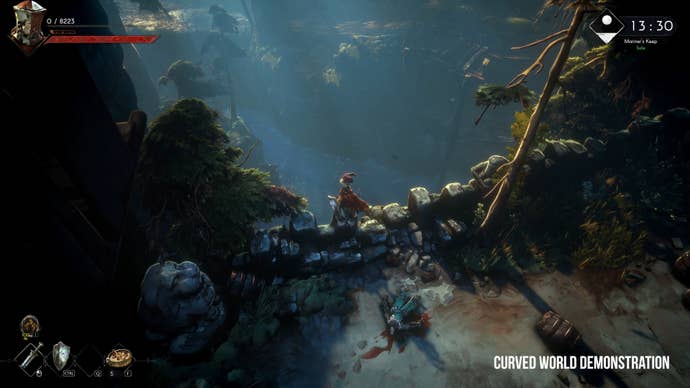
It looks especially cool around cloth objects, including outfits worn by characters.
These small details are also influenced by events such as explosions.
you’re able to see it here in this cutscene as the character breaks through the smoke.
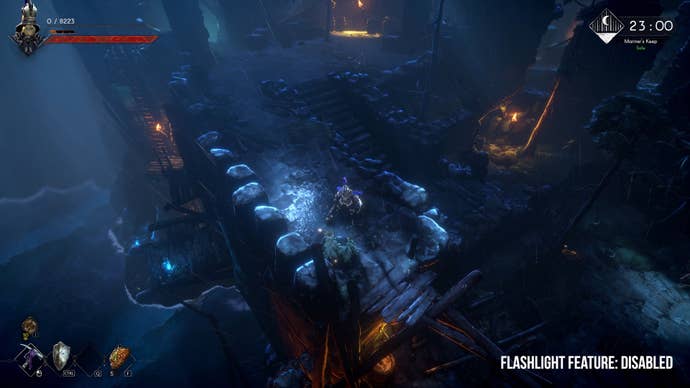
For instance, Moon is experimenting with actual dynamic streams of water.
Hopefully these find their way into the game as development progresses.
Really, though, this is just a taste of the visuals.
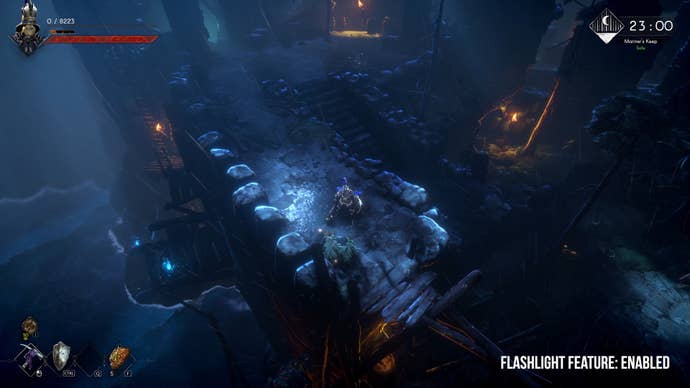
The game does provide aspects including a resolution slider, dynamic resolution scaling and HDR support.
Crucially, this works with the resolution slider, for example.
It’s in line with expectations and the requirements.
It’s certainly not perfect as there are heavy areas where it dips but it’s fine.
It’s playable but there is work to be done here, of course.
The issue is that my primary PC did not fare as well as one would expect.
I also ran into issues with stutters from time to time.
In terms of performance, this is definitely the area where its Early Access status is evident.
Given Moon’s track record, I expect it to improve significantly as development continues.
Beyond technology, I also wanted to share some thoughts on the game design.
No Rest for the Wicked definitely shares elements with Souls-style games.
Firstly, the respawning of enemies is handled differently - they do not respawn based on your death.
Instead, it seems to occur based on time.